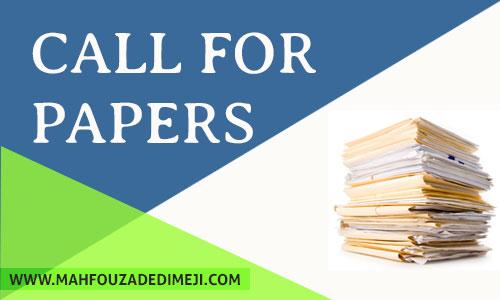The glittering beauty of the Alfred Jewel, the rich illustration of the Lindisfarne Gospels, the dominating Great West Window of York Minster, the intricate embroidery of the Bayeux Tapestry, the luminous Maestà of Duccio, the opulent Oseberg ship burial, and the sophisticated imagery of the Ruthwell cross are all testament to the centrality of the visual to our understanding of a range of medieval cultures.
Constructed at and across the intersections of race, disability, sexual orientation, religion, national identity, age, social class, and economic status, gendered medieval identities are multiple, mobile, and multivalent. Iconography – both religious and secular – plays a key role in the representation of such multifaceted identities. But visual symbols do not merely represent personhood. Across the range of medieval media, visual symbolism is used actively to produce, inscribe, and express the gendered identities of both individuals and groups.
The 2018 Gender and Medieval Studies Conference welcomes papers on all aspects of gender, identity and iconography from those working on medieval subjects in any discipline.
Papers may address, but are not limited to:
- Sight and Blindness
- Visible and Invisible Identities
- Visual Languages
- Colour and Shade
- Icons and Iconoclasm
- Light and Darkness
- Collective and Individual Identities
- Orthodox and Heretical imagery
- Aesthetics
- Subject and Motif
- Convention and Innovation
We invite proposals for 20-minute papers. Please email proposals of approx. 200 words to gmsconference2018@gmail.com by Monday 4 September 2017. We will also consider proposals for alternative kinds of presentation, including full panel proposals, performance and art; please contact the organisers to discuss.
Conference Venue: Corpus Christi College, Oxford,
Conference Date: 8th-10th January 2018






Leave a Reply